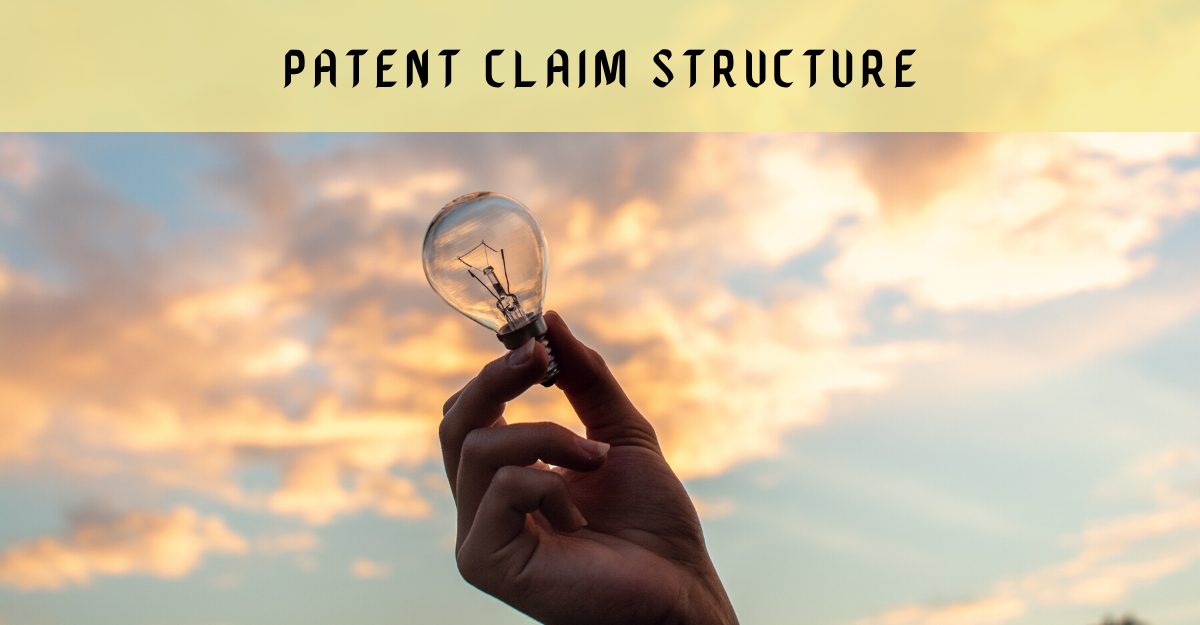What is a Patent Claim?
A patent claim is indisputably the most important part of a patent specification. It defines the boundary of the patent. To break it down, a claim accurately describes what the invention claims and what is sought to be protected. It lays down what the patent does and does not cover.
Simply put, the extent of protection conferred by a patent is defined by the claims. Notably, a claim is usually expressed as a statement of technical facts expressed in legal terms, outlining the scope of the invention sought to be protected.
A patent claim states the novel features in the patent application for which the inventor seeks protection.
Why is it so important?
Claims are part of the specification, which after the patent is granted, tells third parties what they cannot do insofar as the invention is concerned. Therefore, the exclusive right conferred by the grant of a patent is, and a patent claim defines the scope of protection. Any mistake in drafting claims could result in an utterly useless patent. The rest of the patent specification only helps explain the invention in detail. Claims define the contours of legal rights when the patent is granted. Section 10 (4) (c) of the Patents Act, 1970, states that every complete specification must end with the patent claim(s) that define the scope of the invention for which protection is claimed.
Patent claims play an essential role in all prosecutions and legal litigations related to patents. Hence, it is of supreme importance for an inventor to know how to structure his claims in the patent application.
Parts of a patent claim
A patent claim comprises three essential parts: the preamble, transitional phrases, and body of the claim.
The preamble
This part states the category of the invention for the patent seeks protection. The inventor should ensure to keep the preamble consistent with the invention title. For example, if the applicant applies to patent a device, his preamble would start with ‘A device for…’. Similarly, if he is applying for a composition of a drug, then his preamble would be ‘A composition for….’
Transitional phrases
They are usually open-ended phrases that bring out an understanding that the claim is limited only to the listed elements or includes other processes with additional features. The word ‘comprising’ is a common open-ended phrase that portrays a broad claim and will cover elements not given in the claim. Some inventors prefer close-ended phrases such as ‘consisting of,’ which signifies a more specific and narrower claim. The close-ended phrase will cover only the elements listed in the claim.
The claim body
This part of the claim includes all limitations and elements of the claim and explains the relationship between them.
Punctuations in the claim
Generally, we separate the preamble from the transitional phrase with a comma. We always use a colon to separate the transitional phrase and the body. Furthermore, we divide the elements from each other with a semi-colon.
Antecedents in the patent claim
We must use the appropriate antecedents while drafting a patent claim. We use indefinite articles such as ‘a’ or ‘an’ when introducing an element. Meanwhile, we use the definite article ‘the’ while we refer to the element in subsequent places.
Types of patent claims
There are different types of patent claims based on the drafting, types of inventions, the field of inventions, and the structure of the claim.
Claims on a drafting basis
1. Independent claims
They are also known as principal claims that give a clear definition of the novel feature, product, or device. Moreover, one should characterize the invention concerning the prior art and define all technicalities of the invention in an independent claim. One can also draft multiple independent claims.
Independent claims are ‘stand-alone’ claims that do not bear reference to any other claim. It contains a preamble and all the elements necessary to define the invention. The first claim is usually an independent claim that sets the tone for the protection claimed by the invention. Independent claims are generally broader as compared to dependent claims to prevent potential infringers from circumventing the independent claim in any way.
Independent claims may be of three types:
1. A claim for a thing;
2. A claim for a method of making a thing;
3. A claim for a method of using a thing.
2. Dependent claims
These claims have a relatively narrow scope than independent claims. Dependent claims, as the name suggests, will depend on a single or several other claims. Usually, the claims following independent claims are categorized as dependent claims.
Dependent Claims always refer to an earlier claim or independent claim and limit their scope. Dependent claims are, therefore, relatively narrow as they limit the scope of a previous claim. Further, dependent claims refine the scope of protection sought for an invention. Sometimes, it may contain known features and even the minute aspects and optional features of the invention.
3. Omnibus claims
The drawings or descriptions of a claim are called omnibus claims. We can use omnibus only if we have already mentioned the invention statement in the specification. However, only some patent offices accept omnibus claims.
Claims on a field basis
4. Jepson claims
We adopt the style of Jepson’s claims when our invention is an improvisation or modification of existing technology. We often use words such as ‘wherein’ while drafting Jepson’s claims.
5. Markush claims
We can use the Markush claim style when selecting a specific element of our invention, and we can also specify the element from a group of elements with similar characteristics. These claims usually give alternate manifestations of a single invention.
6. Swiss-type claim
We use this claim style when we want to patent a new medicinal use of an already-known compound or substance. However, India does not allow Swiss-type claims.
Claims on an invention basis
7. Process claims
We use these types of claims to patent a novel methodology or process that gives us the desired or optimal result. Some common patent claims are methods of analysis, methods of preparation, methods of treatment, etc.
8. Product claims
We draft product claims when we look forward to patenting our invention product. Chemical compositions, mixtures, food, and alloys, are some inventions where we draft product claims.
Claims on the structural basis
9. Composition claims
We use composition claims when our invention is regarding the chemical nature of any component or material used.
10. Mean-plus-function claims
These claims do not contain a specific structure of an invention. Instead, it explains a means to achieve the desired function. In a mean-plus-function claim, we can express the element in a claim by steps to perform a function. Furthermore, these claims are broad enough to cover all the materials or structures explained in the application.
 Strategies for framing claims
Strategies for framing claims
Some inventions might involve multiple technology sectors. Hence, inventors opt to file a patent application with broader claims. These broader claims provide ample space for the examiner to cite several prior arts from multiple technical fields. This, in turn, will force the amendment of patent claims and complicate the patent process.
Narrow claims are more specific and focus more clearly on the invention. But these claims are always easy to design around, making it easier for competitors to come up with similar products without actually infringing the invention. Hence, we should not opt for narrow claims unless there is a specific reason.
Most start-ups and individual inventors should ideally resort to draft claims of medium breadth, and claims with average breadth target the technical field they wish to protect. Hence, adopting a strategy to devise claims with medium breadths will grant adequate protection in the competitive market.
Patent claims are the crux of a patent application. Hence, applicants should always give extra care and attention while drafting a patent claim. The more meticulously we draft the patent claim, the easier it is to protect our invention from potential infringers. No one knows the invention better than the inventor. Therefore, inventors draft the technical aspects of the claims in the best possible way. However, one can seek the advice of patent experts to gain an in-depth idea of preparing claims that offer better protection.




